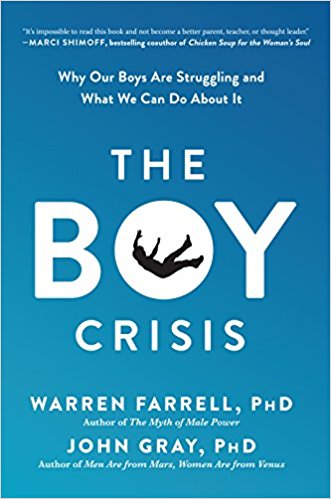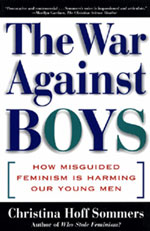![]()
Canada's largest daily newspaper
CT scans may harm children's intellect
Radiation questioned
New type may be safe
LOS ANGELES TIMES, JANE ALLEN, January 16, 2004, from the Toronto Star, page D2
A small child's fall or head injury can be very alarming, especially if the child loses consciousness. Sometimes a CT scan is needed to rule out a skull fracture or bleeding inside the brain.
But as reassuring as the high-tech answer may be, it could do harm in the long run. Researchers have found that low-dose radiation to the head before the age of 18 months can impair a child's intellect — and a CT scan uses high-dose radiation.
In a study of 3,094 men, Swedish scientists found that the greater their exposure to radiation as babies, the more impaired their eventual learning ability and logical reasoning. The researchers studied men who received low-dose radiation therapy to the head as children, and then looked at their schooling and test performance. Their findings suggest that radiation may damage children's developing brains, they say, and should be weighed by doctors considering CT scans for minor trauma.
Dr. Marvin D. Nelson Jr., a neuroradiologist and chief of radiology at Childrens Hospital Los Angeles, said the study raises important questions about the long-term effects of radiation.
But he pointed out that it should be followed up with a study that directly assesses the effects of CT radiation instead of the various types of radiation — beta rays, gamma rays, X-rays and radium-226 — with which the Swedish youngsters were treated.
In the study, which appeared in the Jan. 3 issue of the British Medical Journal, researchers at the Karolinska Institute in Stockholm assessed the intellectual capacity of men who as babies received low-dose radiation therapy for a venous malformation on the surface of the skin called a hemangioma.
The researchers found that the proportion of boys who attended high school decreased in relation to increasing doses of ionizing radiation to the front and back of the brain.
But Nelson said the types of radiation used then are different from today's CT, and that there are differences in the way various types of radiation are absorbed by the brain.
"If the child has significant head trauma as determined by the examining physician, I would not hesitate to do a CT," Nelson said. "The benefits far outweigh the risks."
CT is often used when a doctor suspects that a child has sustained a brain injury. The signs are unequal eye pupil size, lack of movement in the extremities and abnormal reflexes or unconsciousness for several minutes.
But it's not always required. If a child is knocked out briefly, he or she should be observed and usually won't need a CT scan, Nelson said.






